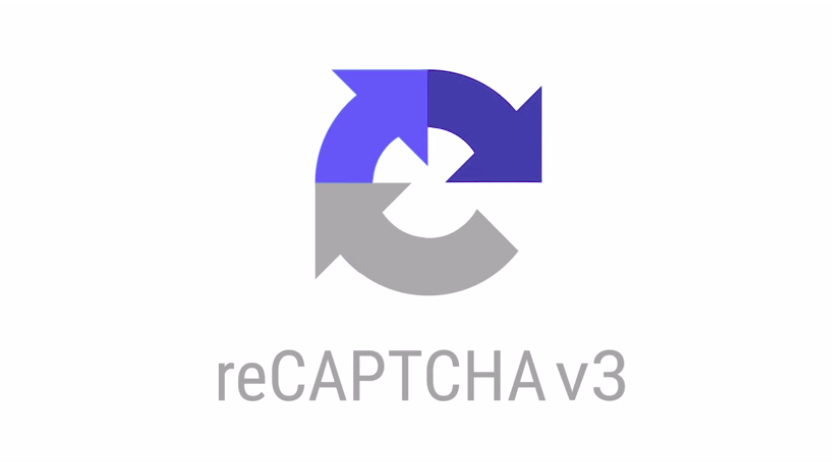 SECURITY
SECURITY
 SECURITY
SECURITY
 SECURITY
SECURITY
Google LLC today rolled out a revamped version of its reCAPTCHA verification tool that’s used to ensure website visitors are humans and not automated bots.
With the new version, website visitors will be able to waste less time completing puzzles to prove they’re a real person. Google designed reCAPTCHA in order to provide a way for website owners to weed out harmful robots that generate spam.
However, the search engine firm said that the tool was far from perfect, and that onetime verification doesn’t fit every single use case. So, rather than asking users to perform interactive tests such as identifying which images contain a motorcycle, reCAPTCHA v3 works by generating a score that’s used to determine if a user is a human or a robot.
Most importantly, Recaptcha v3 means that website users will no longer need to enter text, click any checkboxes or complete any puzzles, as long as they don’t trip Google’s algorithmic-based alarms with their weird behavior.
“Over the last decade, reCAPTCHA has continuously evolved its technology,” Google product manager Wei Liu wrote in a blog post. “In short, reCAPTCHA v3 helps to protect your sites without user friction and gives you more power to decide what to do in risky situations.”
ReCAPTCHA v3 introduces something called “Actions,” which is are tags that can be used to trigger next steps toward verification and perform risk analysis “in context,” Liu said. It’s different from older versions of reCAPTCHA, which were designed to run in isolation on a single web page.
Instead, it takes into account signals from user’s interactions with multiple web pages. A score of between 0 and 1 is then assigned to each user, which is used as the basis to decide whether or not they’re human.
Liu said the score can actually be used in several ways. Developers can set a threshold to determine when users will be prompted to undergo additional verification checks, or they can even use it to train anti-spam machine learning models. The score can also be combined with data such as a user’s profile or transaction history in case developers need a more complex system to weed out bots.
“By providing you with these new ways to customize the actions that occur for different types of traffic, this new version lets you protect your site against bots and improve your user experience based on your website’s specific needs,” Liu wrote. “As always, we are working every day to stay ahead of attackers and keep the Internet easy and safe to use (except for bots).”
Google posted a YouTube video explaining more details about how reCAPTCHA v3 works, saying that it can be added to different parts of a website. So, for example, it could be used to verify users logging into accounts, posting reviews or comments.
“ReCAPTCHA’s adaptive risk analysis engine takes in various signals about the interactions and predicts the likelihood the request was generated by a bot,” Liu said. “It works best with context about how both humans and bots interact with your website. So for best performance, include reCAPTCHA in many places.”
Support our mission to keep content open and free by engaging with theCUBE community. Join theCUBE’s Alumni Trust Network, where technology leaders connect, share intelligence and create opportunities.
Founded by tech visionaries John Furrier and Dave Vellante, SiliconANGLE Media has built a dynamic ecosystem of industry-leading digital media brands that reach 15+ million elite tech professionals. Our new proprietary theCUBE AI Video Cloud is breaking ground in audience interaction, leveraging theCUBEai.com neural network to help technology companies make data-driven decisions and stay at the forefront of industry conversations.